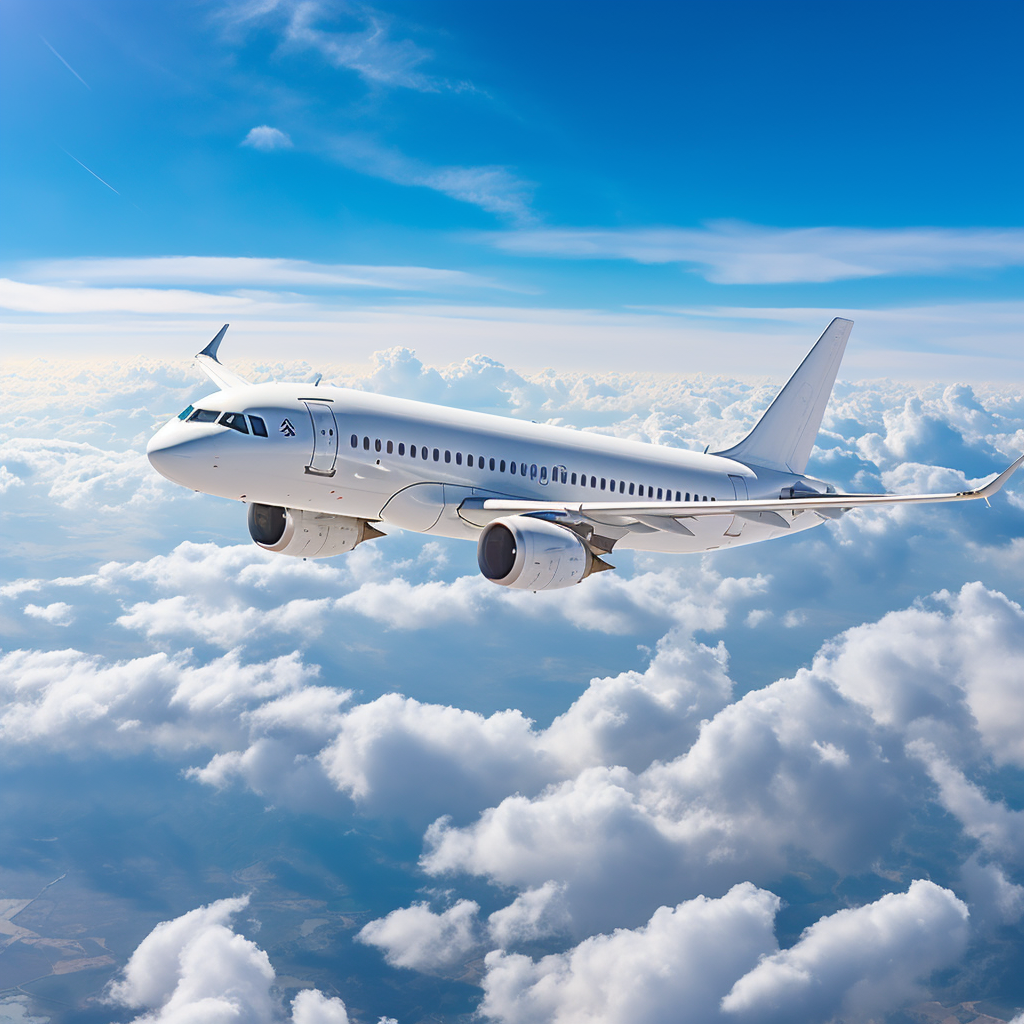The High-Flying Importance of Oxygen in Aviation: A Simple Guide

If you’ve ever been caught up in the awe-inspiring world of aviation, you might have pondered over one crucial question: How high can an aeroplane climb before the need for additional oxygen becomes paramount? It’s a fascinating thought, indeed. As our extraordinary aircraft venture upwards into the vast skies, the environment around them undergoes significant changes. Notably, the air becomes progressively thinner, and oxygen levels begin to plummet. This gradual decrease in oxygen availability can have substantial implications on the health and comfort of the individuals onboard – both passengers and crew members.
This fascinating dynamic between altitude and oxygen underpins a fundamental aspect of aviation. It plays an instrumental role in shaping the standards of flight operations, aircraft design, and in-flight healthcare provisions. Moreover, it gives rise to intriguing discussions about human endurance and the remarkable adaptability of our bodies.

This comprehensive guide aims to explore this captivating element of aviation. We’ll delve into the all-important question of oxygen and its significance as aeroplanes ascend into the seemingly boundless expanse of the skies. We’ll discuss why oxygen becomes a critical factor at high altitudes, how the aircraft industry addresses this challenge, and how all of these aspects interplay to ensure a safe and comfortable journey for everyone on board.
So, strap in and prepare for an enlightening journey as we unravel the mysteries of altitude and oxygen in the world of aviation. Whether you’re an aviation enthusiast, an aspiring pilot, or a curious passenger, this guide promises to provide fascinating insights and deepen your understanding of what makes our flights safe and enjoyable. Let’s get started!






